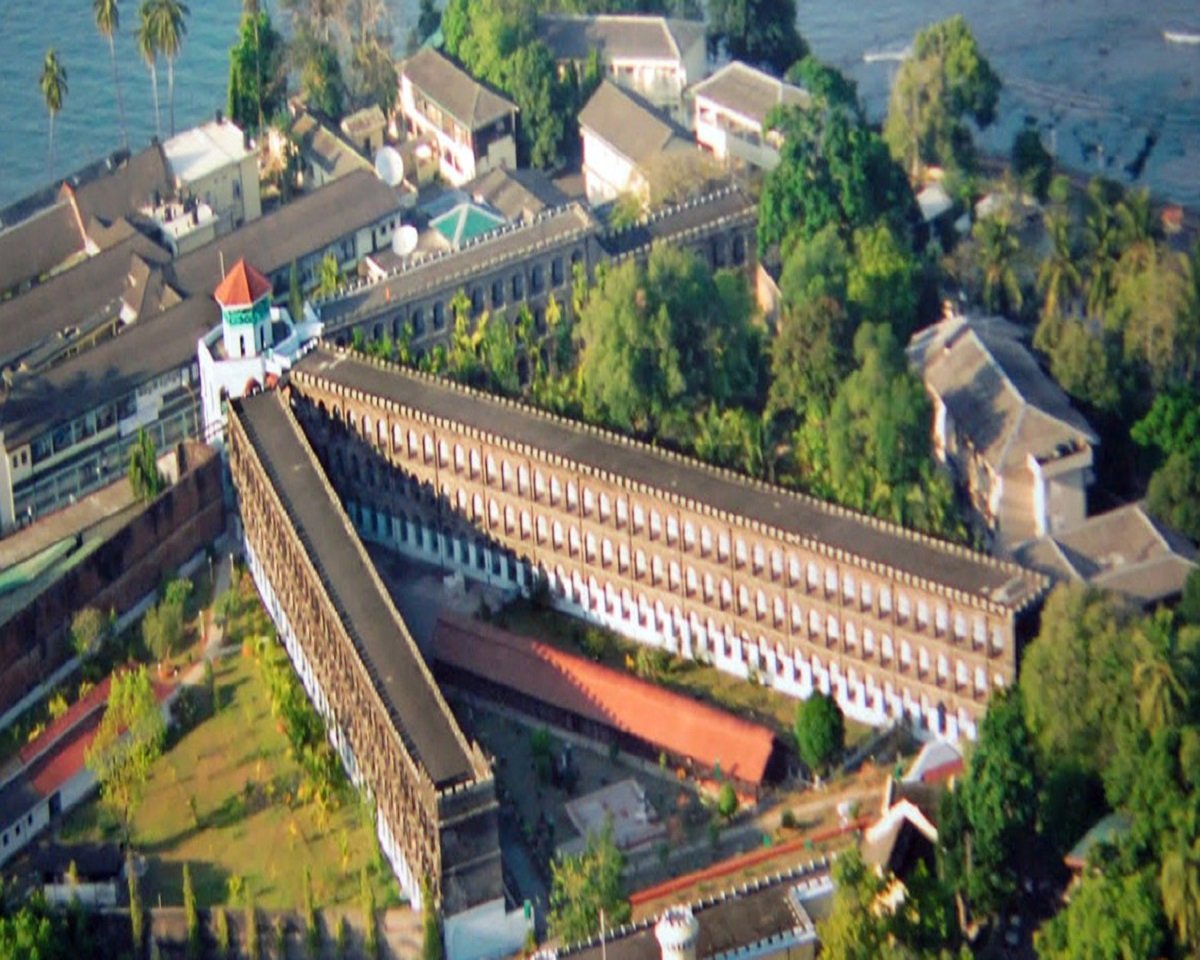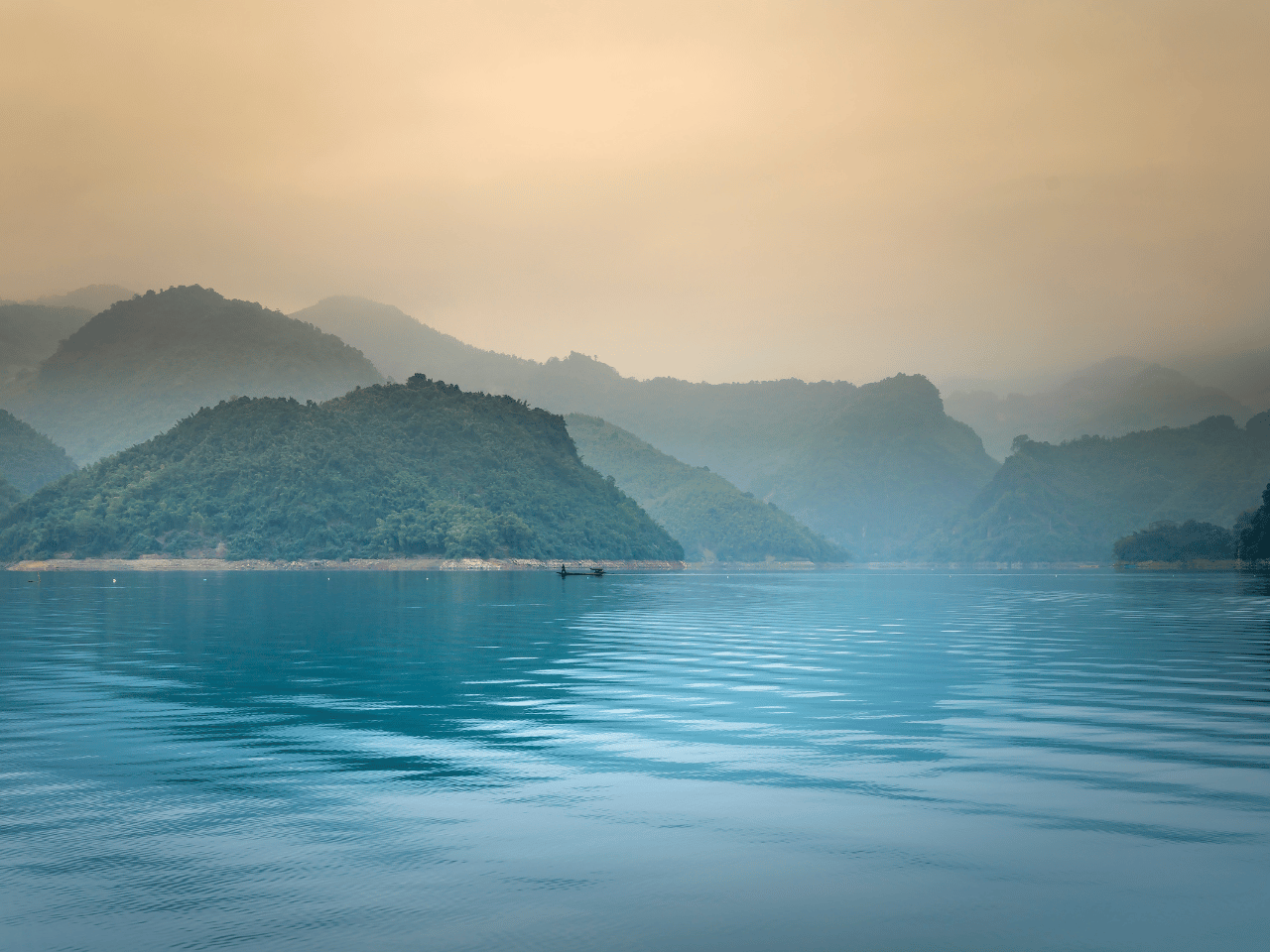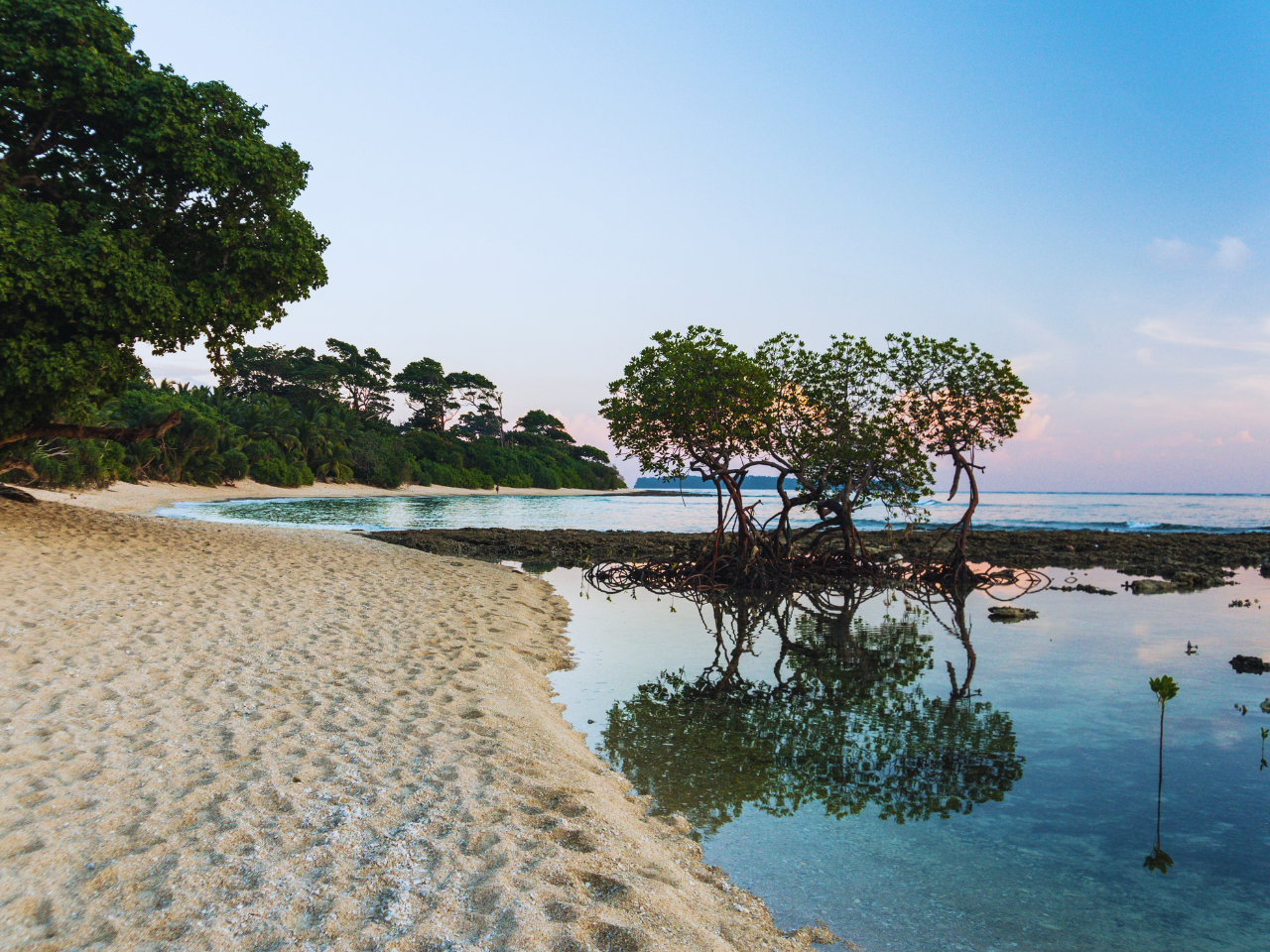Cellular Jail
Unveiling the Past: A Comprehensive Guide to Cellular Jail
The Cellular Jail, located on the Andaman and Nicobar Islands, is a living example of the human spirit’s tenacity during India’s bloody struggle for independence. This antique building, which is perched against the calm Indian Ocean, acts as a beacon and draws both interested tourists and history buffs. Due to the prison’s isolated oceanic location, it is sometimes referred to as “Kala Pani,” which perfectly captures the hardships and isolation the inmates faced. Visitors have the exceptional chance to walk in the footsteps of the past by immersing themselves in the stories of bravery, sacrifice, and the never-ending quest for freedom here. In the pages that follow, we begin a thorough exploration, revealing the complex layers of history, marvelling at the subtleties of architecture, partaking in poignant experiences, and understanding the enduring significance of the Cellular Jail.
Historic importance
The British colonial lords built the Cellular Jail in 1896 as a high-security jail to confine and segregate political detainees. The structure itself serves as a metaphor for both oppression and defiance. The jail was built with solitary confinement cells, which is how it got its name. It has seven wings that branch out from a central watchtower and resemble the spokes of a wheel.
The Cellular Jail served as a prison for many notable Indian liberation fighters, including Veer Savarkar, Batukeshwar Dutt, and Yogendra Shukla. The inmates went through unspeakable suffering, but their spirits never wavered. The defiance, hunger strikes, and persistent will that were documented on the jail walls served as an example for future generations.
Marvellous Architecture
The Cellular Jail’s design combines functionality and simplicity. Bricks and mortar were used in its construction, demonstrating a utilitarian mindset. The central watchtower allows jailers to keep an eye on every wing and cell, and the building’s architecture is centred on monitoring and control. The circular design guaranteed that convicts hardly ever interacted with one another, effectively isolating them.
The jail’s structure, which consists of seven wings that stretch out like a fan and each include three levels of cells, is its most intimidating aspect. But instead of being comfortable, these cells were created to crush the prisoners’ spirits. The cramped quarters’ small windows and lack of light and ventilation contributed to the detainees’ uncomfortable living conditions.
Exploring the Cellular Jail
Cell Blocks & Solitary Confinement Cells: You’ll come across the dismal ruins of the solitary confinement cells as you walk through the jail’s passageways. These cramped, tiny cells, hardly big enough to fit a person lying down, represent the harsh reality that imprisoned people who rebelled against British authority had to deal with. The oppressive quiet that permeates these cells serves as a terrible reminder of the emotional and bodily pain that those who dared to oppose colonial rule experienced.
Museum and galleries: The Cellular Jail complex’s museum and galleries are located in the centre and include a wealth of historical information. Visitors are given a better understanding of the historic struggle for independence here. Historical documents, moving photos, and artefacts powerfully tell the stories of the brave men and women who sacrificed their lives for India’s liberation. The mesmerizing Light and Sound Show, a spellbinding nightly extravaganza that brings history to life through riveting narratives and engaging lighting effects, is the experience’s finest achievement. It encourages a deep connection to the past.

Vegetable Garden and Courtyard: In an unexpected turn of events, the jail’s architecture and design embraced the idea of self-sufficiency. Prisoners were assigned to grow a vegetable garden despite hardship, and each arduous chore was a monument to their unflappable spirit. Despite its small size, the courtyard is charged with the sounds of shared dreams and stories as soon as you enter. Aspirations and stories of far-off nations mixed here, tying those within its walls together in a shared pursuit of a liberated India. Brief strolls by detainees transformed into moments of respite.
Things you must know:
Timing: All year long, tourists are welcome in the Cellular Jail. The best time to travel is, however, in the winter (November to February), when the climate is more agreeable.
Entry Fee: Both Indian and international visitors must pay a small entry fee, which supports the upkeep and preservation of the property.
Photography is permitted, however it’s best to check with the authorities to learn about specific regulations and prohibited locations.
Guided Tours: To properly understand the jail’s historical significance, think about choosing a guided tour. In-depth information about the lives of the prisoners and the events that took place inside these walls is provided by knowledgeable guides.
Respectful Conduct: Keep in mind that the jail is a place of historical significance and reverence while you explore it. Be respectful at all times and abide by the norms and guidelines established by the authorities.
The Cellular Jail serves as both a tourist attraction and a reminder of the unwavering spirit of those who fought for India’s independence. You’ll be transported back in time as soon as you enter this historical site and find yourself surrounded by tales of bravery, selflessness, and tenacity. You will develop a greater appreciation for the freedom we have today and a better knowledge of the costs associated with it after visiting the solitary cells, the museum, and the galleries. So, set out on this moving tour in honour of the people who were previously imprisoned beneath the Cellular Jail’s icy walls.

Get Your Best Tour Experience
Customer Speak
Best Seller Package Andaman
Place to Visit In Andaman
Explore More About Andaman
By Air:
- Flights: The most common and convenient way to reach the Andaman Islands is by taking a flight from major Indian cities like Chennai, Kolkata, Delhi, Mumbai, and Bangalore. The Veer Savarkar International Airport (Port Blair Airport) is the main airport in the Andaman Islands, and it connects the islands to mainland India.
By Sea:
- Passenger Ships: There are passenger ships operated by the Directorate of Shipping Services that connect the Andaman Islands with the mainland. These ships depart from cities like Chennai, Kolkata, and Visakhapatnam. The journey by ship takes longer compared to a flight (usually around 3-4 days) but can be a unique experience if you have the time and want to enjoy the sea voyage.
Cruise Ships: Occasionally, cruise ships also visit the Andaman Islands. These are a more luxurious option and typically offer shorter stays on the islands as part of a larger itinerary.
Entry Permits and Documentation:
- Ensure that you have the necessary entry permits and documentation to visit the Andaman Islands. Indian nationals need no special permits, but foreigners do. You can obtain these permits upon arrival at the Port Blair Airport or through an Indian embassy or consulate before your trip.
The best time to visit the Andaman Islands in India is typically between November and April. During this period, the weather is generally pleasant, and the sea conditions are calm, making it ideal for various water activities and beach vacations. Here’s a breakdown of the seasons in the Andaman Islands:
Winter (November to February): This is the peak tourist season. The weather is dry, and the temperature ranges from 20°C to 30°C (68°F to 86°F). The sea is calm, making it perfect for activities like snorkeling, scuba diving, and water sports. It’s an excellent time to explore the underwater beauty of the islands.
Pleasant Weather: The weather during these months is cool and pleasant, with temperatures ranging from 20°C to 30°C (68°F to 86°F). It’s comfortable for outdoor activities, exploring the beaches, and enjoying water sports.
Calm Seas: The sea conditions are usually calm, making it ideal for snorkeling, scuba diving, and other water activities. The clear waters and underwater visibility are excellent during this time.
Festivals and Events: The Andaman Islands often host various festivals and events during the winter season, providing travelers with the opportunity to experience the local culture and traditions.
To reach Andaman you need to take flight from your nearby Airport to Portblair there is no Facility of Railways as Andaman is a Island.
If you are planning Andaman Tour then you should come in between October to March this is the best time to visit Andaman and Nicobar Islands.
You just need to choose your suitable Package and come to portblair rest will be handled by Etripto.in.
If you want to go Havelock or Neil Island then you need to book ferry tickets which run between Portblair to Havelock and Havelock to Neil Island through ferry you can easily reach Havelock or Neil Island.
Most attractive points in Andaman are Portblair,Havelock Island, Neil Island,Radha Nagar Beach,Elephanta Beach,Laxmanpur Beach,Bharatpur Beach,Chidiyatapu you must include these places in your itinerary.
In Andman you can do Water Activities in North Bay Island or Havelock and Neil Island.
Contact Etripto.in (Spice Holiday) for best Packages of Andaman which should be 6 Days and 5 Nights included Portblair,Havelock and Neil Island.
- The Andaman Islands are home to some of the world’s oldest tribes, such as the Sentinelese and Great Andamanese.
- Radhanagar Beach on Havelock Island is often ranked among the top beaches globally for its pristine beauty.
- The Andaman and Nicobar Islands are known for their lush rainforests, teeming with diverse flora and fauna.
- Cellular Jail in Port Blair served as a notorious British colonial prison during India’s struggle for independence.
- The islands are a popular destination for scuba diving due to their clear waters and vibrant coral reefs.
- The only active volcano in South Asia, Barren Island, is located in the Andaman Sea.
- The Andaman Islands are a union territory of India, situated in the Bay of Bengal.
- Mahatma Gandhi Marine National Park protects the marine life and ecosystems around the islands.
- The indigenous Jarawa people inhabit the Andaman Islands and have limited contact with the outside world.
- Ross Island, once the administrative headquarters during British rule, now stands in ruins and is a popular tourist attraction.





